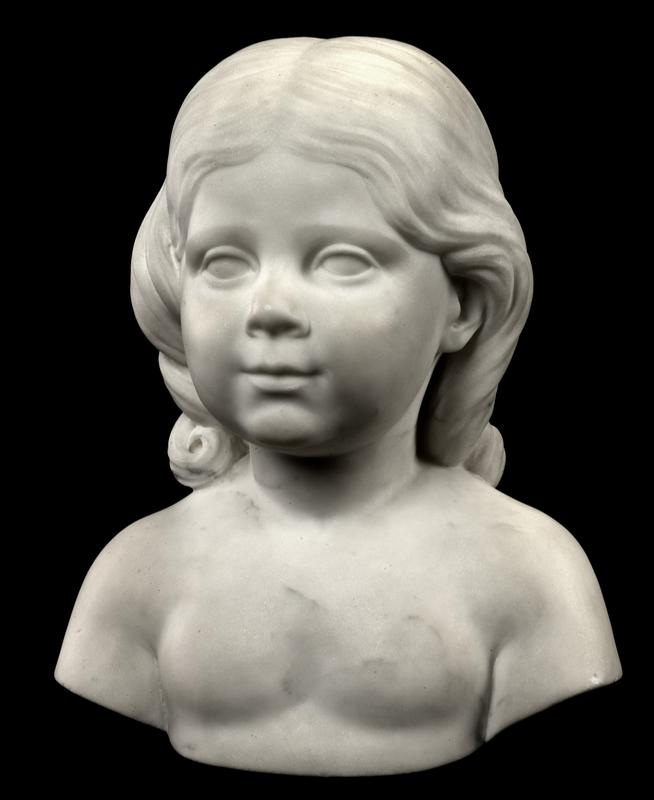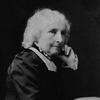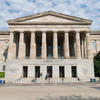More about Laura Brown

Contributor
By the time Anne Whitney, nearing forty, released her early-career marble sculpture Laura Brown, her former residence of Salem, Massachusetts was in need of a makeover.
At the age of twenty-five, Whitney had founded a girls' school in the town. I haven't met many twenty-five-year-olds who've founded their own schools, so that should give you a sense of her character: she was driven to succeed in many areas. Whitney passed up the opportunity to marry a man, which, in those days, usually happened around the age of twenty-three, and instead decided to channel her energy into creative pursuits. While she was running the girls' school, she hobnobbed with William Augustus Brown, a Quaker and ship owner who would later branch out into the produce business.
Perhaps because she only had a year of formal education, Whitney knew that she had more to learn, and she studied sculpture with Thomas Ball, Henry Kirke Brown, Erastus Dow Palmer, and William Rimmer, picking up some tips and swagger from each. She hit a roadblock, though, when she needed to learn how to represent the human body, as the men of those days were convinced that it was acceptable for professional women to see nude men if they were working as nurses, but not in any other context. After working at a hospital in Brooklyn, taking copious and secretive notes as to the shapes of men's bodies, Whitney got the nineteenth-century equivalent of a LinkedIn message from her old friend William Augustus Brown, who, for some reason, needed a bust of his two or three year old daughter, Laura, in the style of an ancient Roman emperor. You can see, in the sincere features of the child, why Whitney called her "Bee-bee"—Laura is a Bee-bee through and through. With this foray into sculpture, Whitney became an advocate for Salem, overwriting its frightening history of witch trials with Bee-bee's deep, pupil-free stare and half-smile.
This work was donated to the Smithsonian by the descendants of Charles Downing Lay, landscape architect of Madison Square Park. In 1860, Whitney exhibited it at the National Academy of Design in New York.
Sources
- Cowdrey, Mary Bartlett. National Academy of Design Exhibition Record 1826–1860. New York: New York Historical Society, 1943.
- Davis, John, Jennifer A. Greenhill, and Jason D. LaFountain. A Companion to American Art. Oxford: John Wiley & Sons, 2015.
- Heller, Jules, and Nancy G. Heller. North American Women Artists of the Twentieth Century: A Biographical Dictionary. London: Routledge, 2013.
- Kort, Carol, and Liz Sonneborn. A to Z of American Women in the Visual Arts. New York: Facts on File, 2002.
- "Laura Brown." SAAM, https://americanart.si.edu/artwork/laura-brown-27650.
- Musacchio, Jacqueline Marie. "Mapping the ‘White, Marmorean Flock’: Anne Whitney Abroad, 1867-1868." Nineteenth-Century Art Worldwide 13 (2), 2014.
- Park and Cemetery and Landscape Gardening, Volume 22. Chicago: R.J. Haight, 1913.











